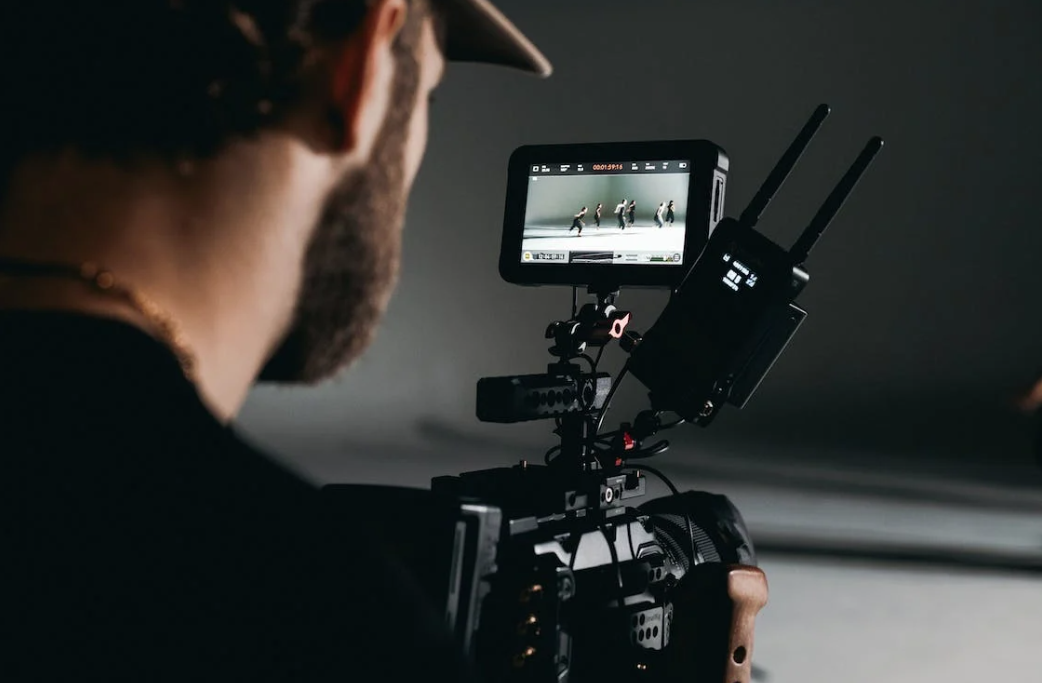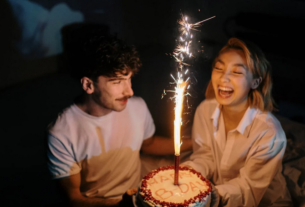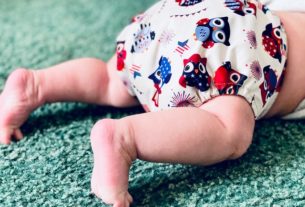The silver screen has always been a canvas for storytelling, but it’s also a runway for fashion. Behind every memorable movie wardrobe, there’s often a talented fashion designer who’s collaborated with filmmakers to create iconic looks. In this article, we’ll delve into the world of fashion and film collaborations and explore how designers from kinofans.com wield their creative influence to shape movie wardrobes.
The Artistry of Costume Design
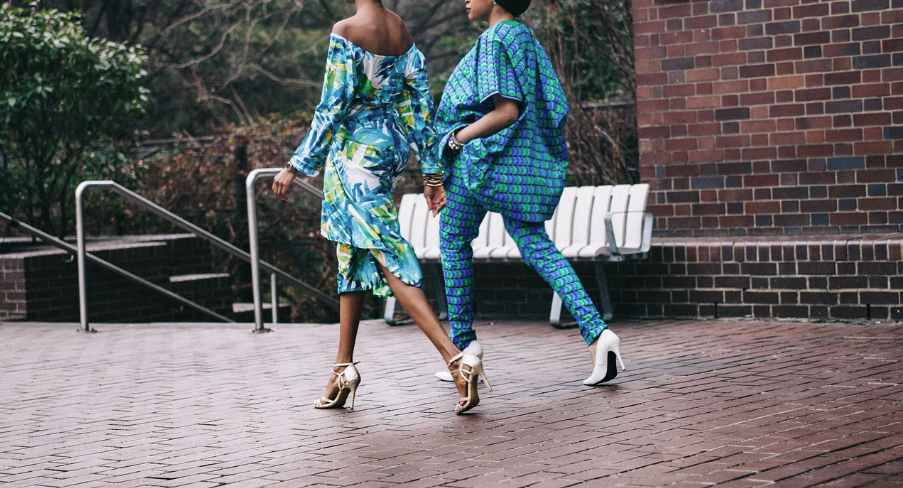 Costume design is a craft that goes beyond dressing actors. It’s about breathing life into characters, setting the tone of a film, and conveying emotions through clothing. In this intricate dance between fashion and film, costume designers often seek inspiration and expertise from top fashion designers. Here’s how these collaborations come to life:
Costume design is a craft that goes beyond dressing actors. It’s about breathing life into characters, setting the tone of a film, and conveying emotions through clothing. In this intricate dance between fashion and film, costume designers often seek inspiration and expertise from top fashion designers. Here’s how these collaborations come to life:
- Character Analysis: Costume designers begin by analyzing the script and the characters. They delve into the personalities, backgrounds, and journeys of each character to determine their clothing needs.
- Creative Vision: With a clear understanding of the characters, costume designers work closely with the film’s director and production team to align their creative vision with the overall narrative.
- Inspiration: Fashion designers often draw inspiration from their own collections, the latest fashion trends, or specific time periods to craft costumes that are visually striking and relevant to the story.
- Custom Creations: In some cases, fashion designers create custom pieces for the film. These one-of-a-kind garments showcase their exceptional craftsmanship and creativity.
- Historical Accuracy: For period films, costume designers collaborate with fashion historians and researchers to ensure historical accuracy and authenticity in the clothing.
Examples of Fashion and Film Collaborations
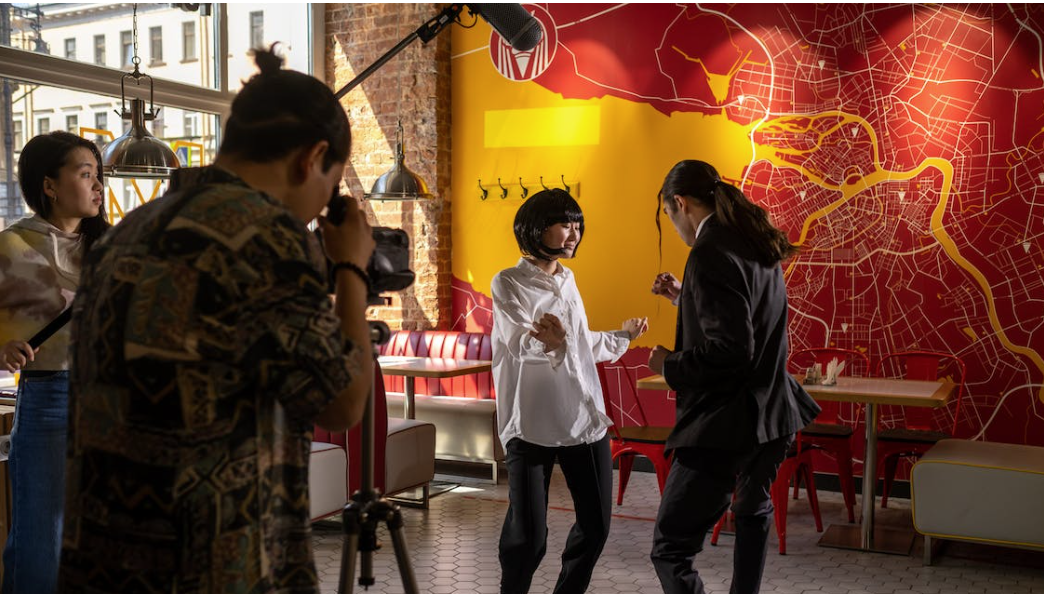 Fashion and film collaborations have produced some of the most iconic movie wardrobes in cinematic history. Here are a few notable examples:
Fashion and film collaborations have produced some of the most iconic movie wardrobes in cinematic history. Here are a few notable examples:
- Audrey Hepburn in “Breakfast at Tiffany’s” (1961): Hubert de Givenchy, a renowned fashion designer, collaborated with Audrey Hepburn to create the chic and timeless looks of Holly Golightly, epitomizing elegance and sophistication.
- Marilyn Monroe in “The Seven Year Itch” (1955): Costume designer William Travilla worked with Marilyn Monroe to design the iconic white dress she wore over a subway grate, a moment forever etched in film history.
- Keira Knightley in “Anna Karenina” (2012): Costume designer Jacqueline Durran collaborated with fashion designer Sarah Burton (of Alexander McQueen) to create sumptuous and historically accurate costumes that transported viewers to 19th-century Russia.
- The Devil Wears Prada” (2006): Costume designer Patricia Field incorporated pieces from high-fashion designers like Prada, Chanel, and Valentino to authentically capture the fashion industry’s glamorous world.
- The Great Gatsby” (2013): Costume designer Catherine Martin collaborated with luxury brands like Prada and Tiffany & Co. to bring the opulence of the Roaring Twenties attire to life.
The Impact on Fashion and Film
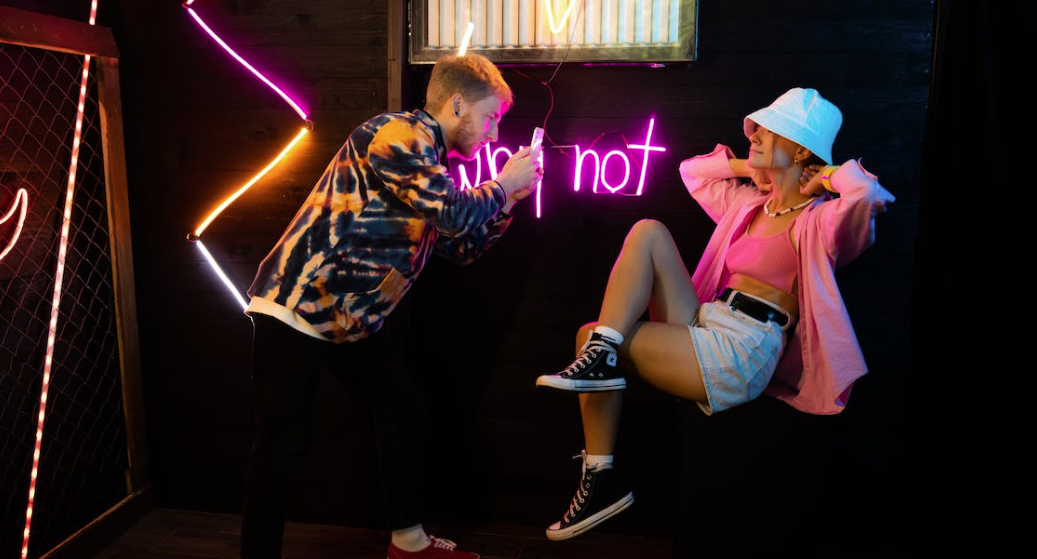 Fashion and film collaborations not only enrich the storytelling experience but also leave a lasting impact on both industries. When a designer’s work graces the big screen, it often leads to increased recognition and appreciation of their talents. On the other hand, films with memorable costumes often inspire fashion trends and influence the way people dress in real life.
Fashion and film collaborations not only enrich the storytelling experience but also leave a lasting impact on both industries. When a designer’s work graces the big screen, it often leads to increased recognition and appreciation of their talents. On the other hand, films with memorable costumes often inspire fashion trends and influence the way people dress in real life.
In Conclusion
Fashion and film collaborations are a testament to the power of creative partnerships. They bring together the worlds of storytelling and style, resulting in memorable characters and iconic wardrobes. The next time you watch a film, take a moment to appreciate the craftsmanship and artistry behind the costumes, knowing that fashion designers have played a pivotal role in shaping the cinematic world we love.

